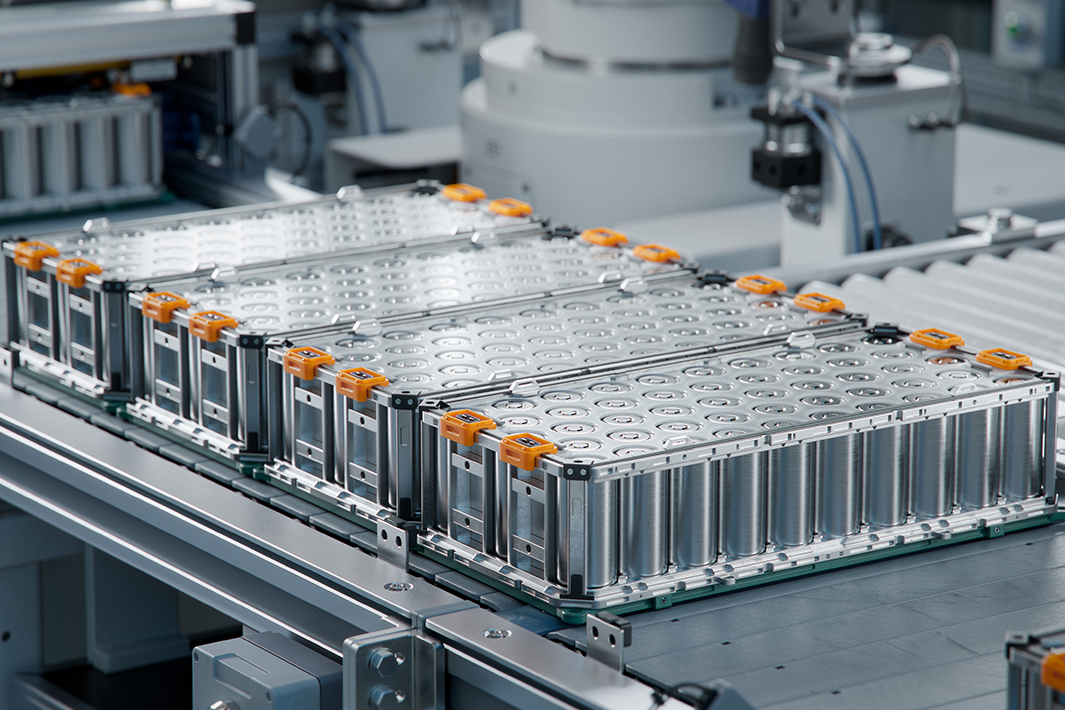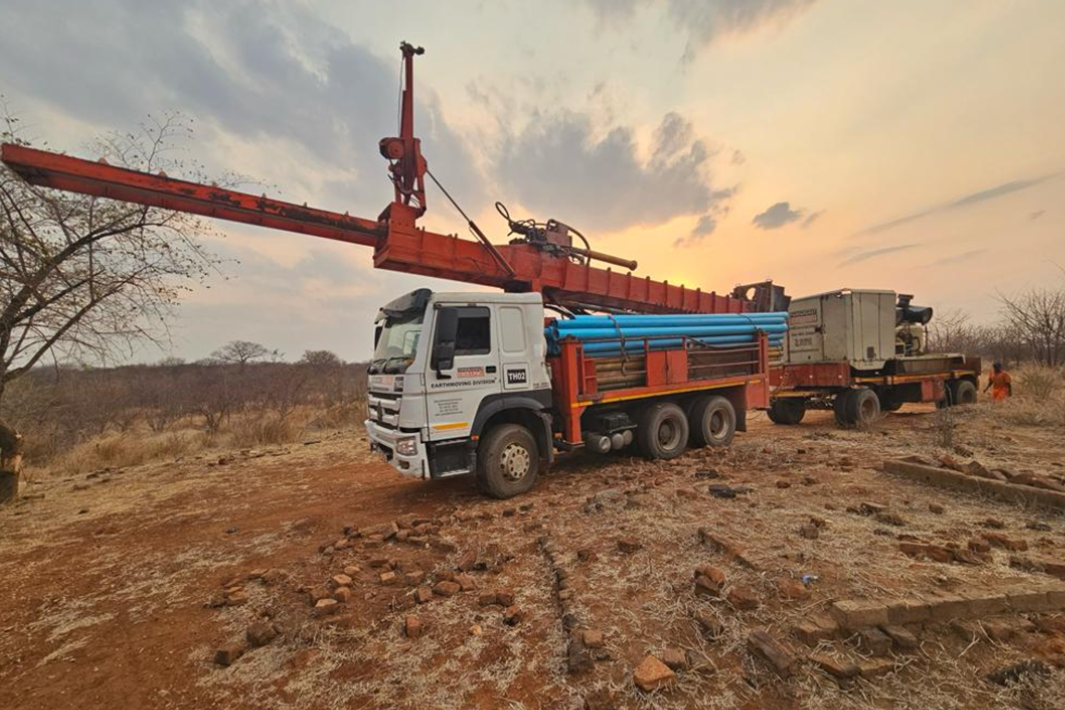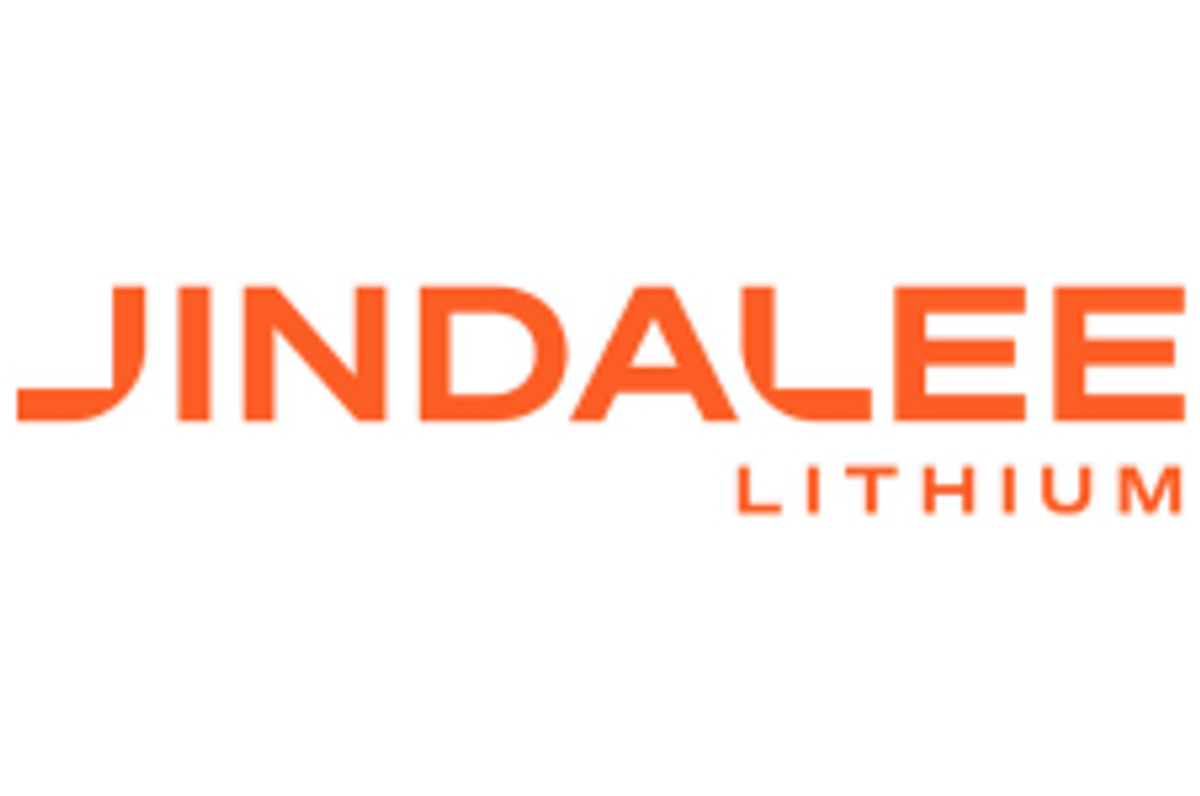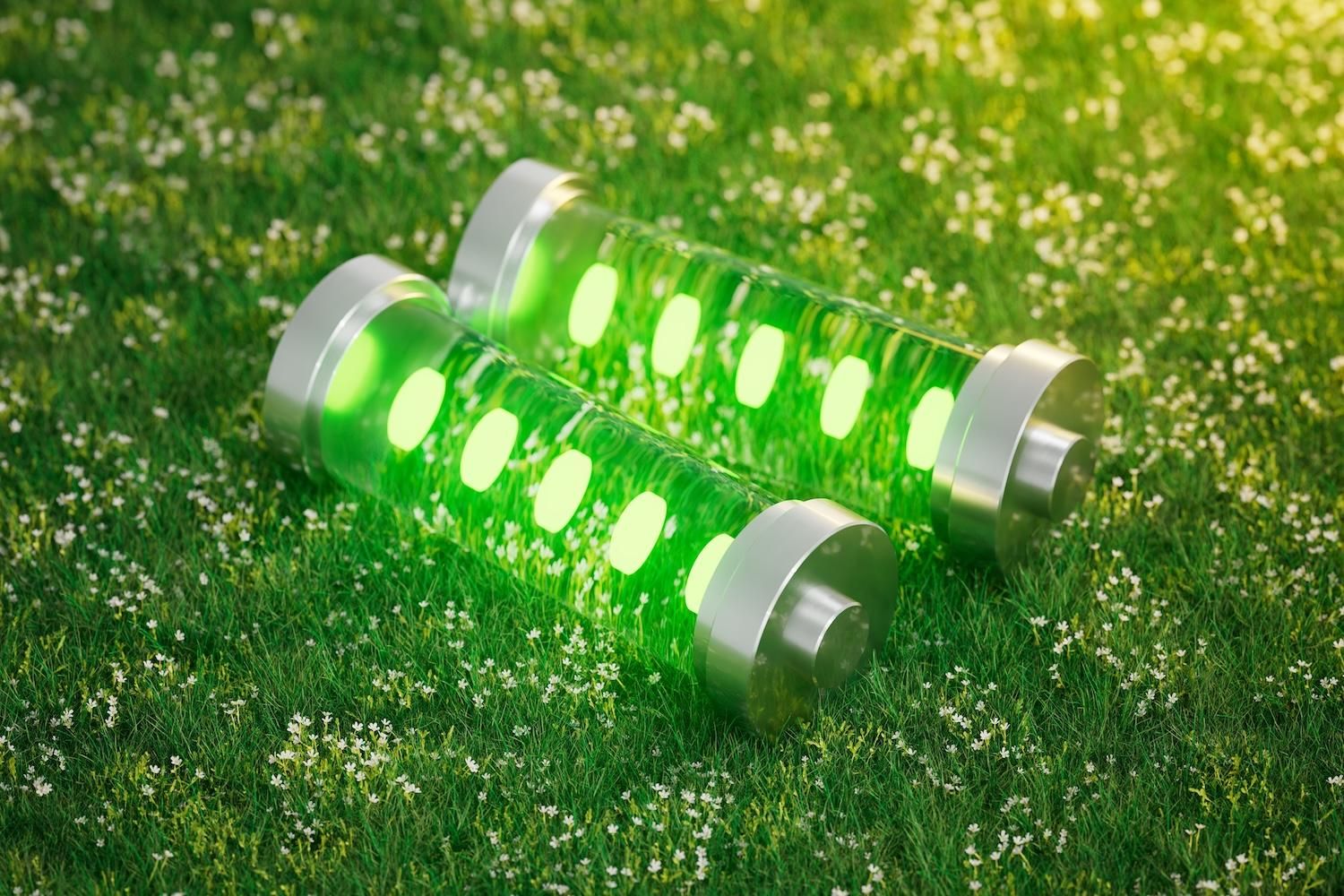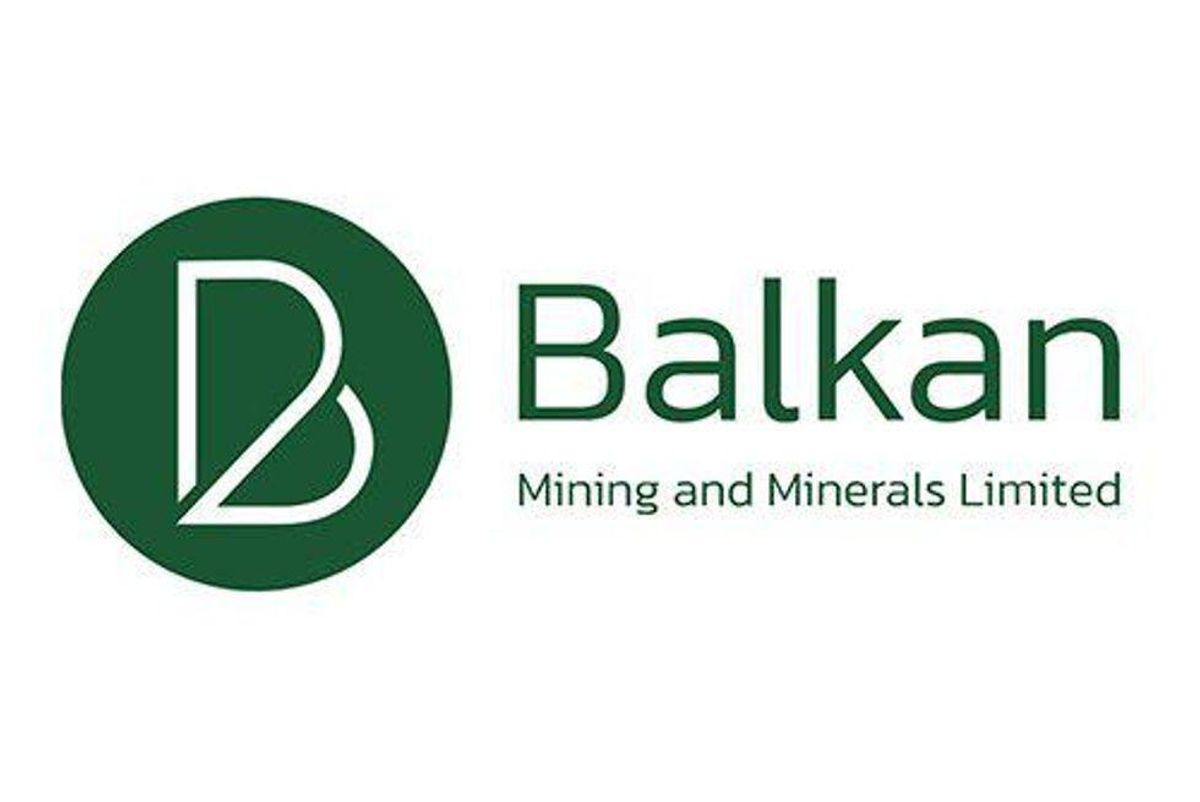
January 30, 2023
Lithium portfolio continues to grow in Canada by consolidating land interests in Ontario to a total ~79kms2 and securing new prospects in Quebec covering ~22km2. Balkan Mining is poised for growth during 2023 with exploration programs planned across the entire portfolio. Key strategic and operational milestones were achieved during the period, outlined below.
Balkan Mining and Minerals Ltd (ASX: BMM; “Balkan Mining” or “the Company”) provides the Company’s quarterly activities report for three months ending 31 December 2022 (“Quarter”). Following the diversification strategy via the strategic earn-in agreement on the Gorge Lithium exploration project located in the Georgia Lake Area, Thunder Bay North Mining District of Ontario, Canada (the “Gorge Lithium Project” or “Gorge Project”), Balkan Mining continued to solidify its interest in prospective projects across both Ontario, with Tango and Arrel and also Quebec, with Corvette North and Corvette Northwest. Field work carried out during the Quarter included mapping and sampling at Gorge and Tango, airborne geophysics at Tango and channel sampling at Gorge which returned Li2O values reaching 1.8m @3.75% (see announcement 16 December 2022), following on from the sampling grades returned at 5.75% and 6.80% Li2O during the September Quarter (see announcement 28 September 2022).
Highlights
- Highly experienced mining executive Karl Simich agreed to join the Board as a Director, tasked with a particular focus on strategy, corporate development and growth.
- Two projects, Corvette North and Corvette Northwest, covering ~22km2 and situated in the emerging lithium district of James Bay in Quebec, were staked by the Company.
- The Gorge lithium project (situated in the Georgia Lake Area, Ontario) returned high-grade lithium assays from channel samples taken at the Koshman and Nelson pegmatite showings, including 1.8m @ 3.75% Li2O confirming the significant potential of the project.
- 5 new additional claims totalling ~22km2 were included into the Gorge lithium Project area. The new claims increased the Gorge Project land size to ~43.0km2.
- Balkan Mining secured an exclusive option to acquire 100% of the Tango Lithium Project located in the Georgia Lake Area, Ontario, covering ~9km2.
- Initial mapping identified a new pegmatite field at Tango lithium Project.
- Heliborne geomagnetic survey completed over the Tango lithium project.
- The Arrel lithium project was acquired, covering a further ~27km2 in the Georgia Lake lithium district, situated in between the Company’s Gorge and Tango projects, further solidifying the Company’s strong presence in the region. Balkan Mining and Minerals,
Managing Director, Ross Cotton commented: “Our CY22 finished in a great way with the transformative acquisitions of Tango, Arrel, Corvette North and Northwest and the doubling of the Gorge land position to 43km2. Additionally, with Karl Simich agreeing to join the board and taking an active role in the strategy and development of Balkan Mining and its assets is something that we believe will help to deliver significant value for shareholders in 2023 and beyond”.
Highly experienced mining executive Mr Karl Simich agreed to join the Board as a Director, with a particular focus on strategy and development. Mr Simich’s tenure will begin on the satisfactory completion of the resolutions to be considered at the Company’s General Meeting of shareholders being held on Monday, February 13.
Click here for the full ASX Release
This article includes content from Balkan Mining and Minerals, licensed for the purpose of publishing on Investing News Australia. This article does not constitute financial product advice. It is your responsibility to perform proper due diligence before acting upon any information provided here. Please refer to our full disclaimer here.
BMM:AU
The Conversation (0)
05 September 2021
Bayan Mining and Minerals
Mining Critical Minerals from the Balkan Region
Mining Critical Minerals from the Balkan Region Keep Reading...
19 January
Further Exploration Targets Identified at Bayan Springs
Bayan Mining and Minerals (BMM:AU) has announced Further Exploration Targets Identified at Bayan SpringsDownload the PDF here. Keep Reading...
31 October 2024
Quarterly Activities/Appendix 5B Cash Flow Report
Balkan Mining and Minerals (BMM:AU) has announced Quarterly Activities/Appendix 5B Cash Flow ReportDownload the PDF here. Keep Reading...
11 December
Mining the Gap: 5 Forces Shaping North America’s Lithium Supply Chain
A convergence of industry investments, government initiatives and a shifting global trade dynamic is creating an environment ripe for the development of a North American battery supply chain, with lithium playing a leading role. These trends are reshaping the region’s industrial base and opening... Keep Reading...
10 December
Rock Bottom: Strategic Window for Ground-level Lithium Investment
When lithium prices hit bottom, savvy investors know that’s exactly where the next big discovery begins — literally. Beneath the surface of global markets and remote exploration grounds, new opportunities are forming in the wake of a sharp price reset and renewed geopolitical urgency.Recent... Keep Reading...
10 December
Liontown Resources Pens Lithium Offtake Agreement with China's Canmax
Liontown Resources (ASX:LTR,OTC Pink:LINRF) has executed a binding offtake agreement with Chinese conglomerate Canmax Technologies (SZSE:300390) as part of its strategy to diversify its customer base.“Listed on the Shenzhen Stock Exchange, Canmax is one of the world’s leading manufacturers of... Keep Reading...
08 December
Trading Halt
Jindalee Lithium (JLL:AU) has announced Trading HaltDownload the PDF here. Keep Reading...
05 December
Livium Receives A$663k in RsD Tax Incentive Rebates for VSPC
Livium Ltd (ASX: LIT) (“Livium” or the “Company”) advises that it has received A$663,000 in research and development ("R&D") tax incentive rebates from the Australian Tax Office for the 2025 financial year ("FY25"), relating to its wholly owned subsidiary VSPC Pty Limited ("VSPC"). The rebate... Keep Reading...
01 December
Why SQM Says Social Dialogue is Key to Sustainable Lithium
As scrutiny continues to intensify across the battery metals supply chain, the conversation around sustainability has moved far beyond carbon footprints. At this year’s Benchmark Week, Stefan Debruyne, director of external affairs at Sociedad Quimica y Minera de Chile (SQM) (NYSE:SQM), made that... Keep Reading...
Latest News
Interactive Chart
Latest Press Releases
Related News
TOP STOCKS
American Battery4.030.24
Aion Therapeutic0.10-0.01
Cybin Corp2.140.00


